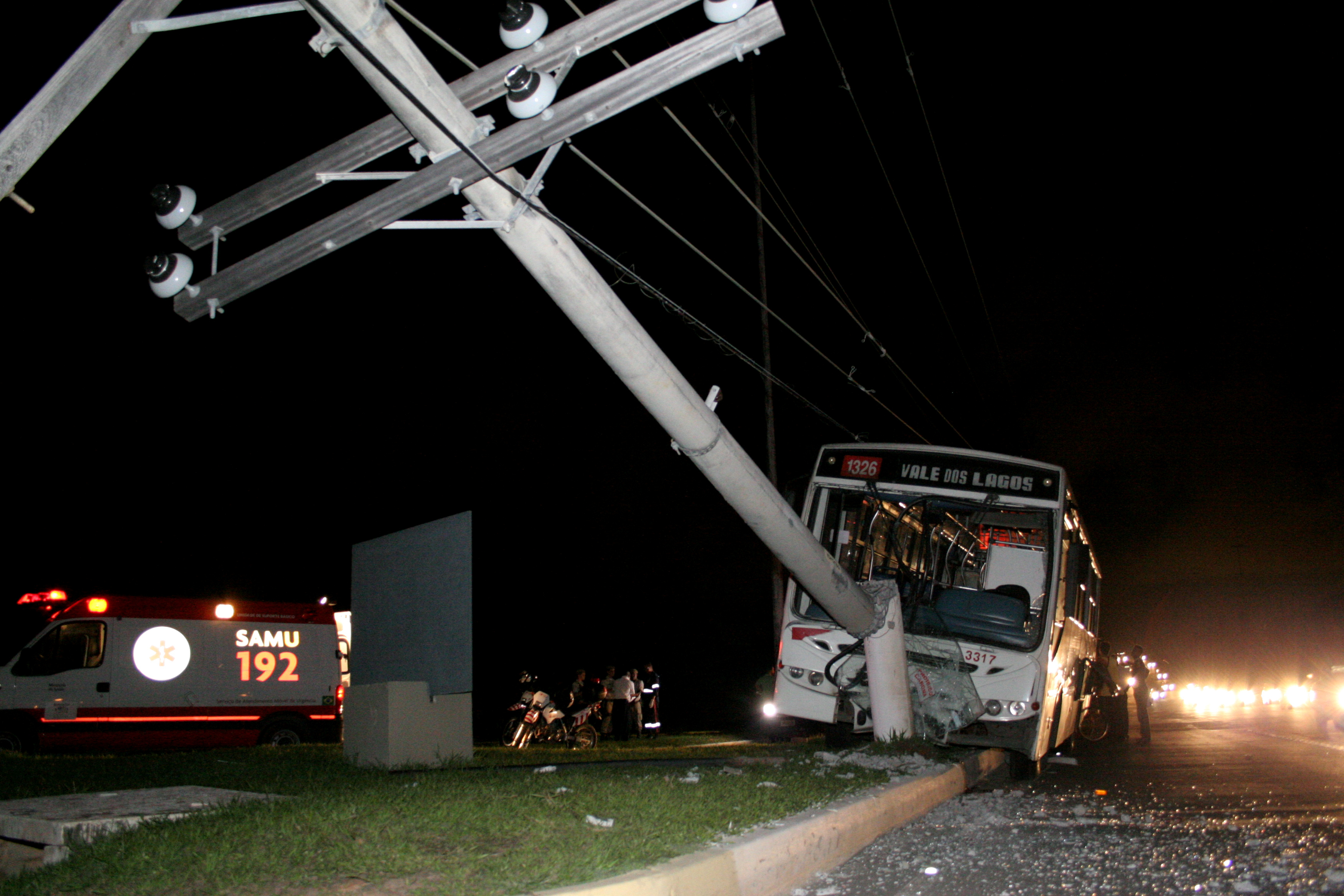Tips
Why Bus Accidents Are Legally Complex

Bus accidents may seem similar to car crashes on the surface, but from a legal perspective they are far more complicated. One reason is the number of people involved. A single bus accident can injure dozens of passengers in addition to pedestrians, cyclists, or occupants of other vehicles. Each injured person may have a valid claim, which creates layers of responsibility and competing interests. Another reason for the complexity is that buses are often operated by government entities, such as school districts or city transit authorities. When government agencies are involved, strict filing deadlines and procedural rules come into play, often much shorter than those in standard personal injury cases.
Determining liability is another major hurdle. Fault may lie with the bus driver, the company that owns the bus, a maintenance provider, or even the manufacturer if a defect caused the crash. Insurance coverage can be fragmented across these parties, making it difficult for victims to secure fair compensation. Large institutions and insurers often resist paying out claims without significant pressure. That is why many injured parties seek help from legal professionals who handle complex transportation cases. Just as someone might consult a rideshare accident lawyer after an Uber or Lyft crash, those harmed in bus accidents need attorneys familiar with these unique challenges. The Law Office of Brent D. Rawlings has experience guiding victims through this maze, ensuring claims are filed correctly and aggressively pursued.
Differences Between Public vs. Private Bus Claims
The type of bus involved in an accident significantly impacts the legal process. Public buses, such as city transit vehicles or school buses, are typically operated by government agencies. Claims against these agencies fall under “sovereign immunity” rules, which limit lawsuits against the government. While many states, including California, allow injury claims against public entities, strict conditions apply. Deadlines to file are often as short as six months, and missing them can permanently bar recovery. Damage caps may also limit how much compensation a victim can receive, regardless of the severity of their injuries.
Read also: TOP-10 Locations in Kyiv for Celebrating a Children's Birthday

Private buses, such as those run by charter companies, tour operators, or private schools, follow a different legal framework. These companies are held to high safety standards because they are considered “common carriers,” responsible for safely transporting passengers. If negligence occurs—such as a poorly trained driver, inadequate maintenance, or unsafe scheduling—the private company can be held directly liable. Insurance coverage is usually higher than in a typical auto accident, but private operators and their insurers often fight claims aggressively.
Because of these differences, victims must carefully identify the type of bus and ownership before proceeding. The steps for filing, the compensation available, and the defenses raised by the other side vary widely. Legal representation helps clarify these distinctions, ensuring that victims pursue the right path. Without timely and accurate action, important rights can be lost.
Safety Measures That Could Prevent Many Incidents
While legal action is important after a bus accident, prevention remains the most effective way to reduce harm. Many bus accidents result from preventable causes such as driver fatigue, poor training, or lack of vehicle maintenance. Requiring regular driver training programs that emphasize defensive driving and proper handling of large vehicles would reduce risks significantly. Strict enforcement of hours-of-service rules could also help, ensuring that bus drivers are well-rested and alert while operating.
Better infrastructure plays a role as well. Clearly marked bus lanes, improved pedestrian crossings, and dedicated loading zones can minimize dangerous interactions with other vehicles and pedestrians. Technology can further enhance safety. Installing collision-avoidance systems, onboard cameras, and real-time GPS monitoring allows companies to detect problems before they become accidents. Regular mechanical inspections and timely repairs are equally vital, as mechanical failures are a recurring factor in crashes.
Passengers can contribute too by following posted safety rules, such as staying seated, not distracting the driver, and using designated exits. When combined, these measures create a safer environment for everyone on the road. Unfortunately, until such improvements become standard, accidents will still occur. For those who experience injury, working with professionals such as The Law Office of Brent D. Rawlings ensures accountability. While prevention reduces risks, strong legal action after accidents holds negligent parties responsible and encourages safer practices across the industry.
Elena Chernenko
Elena is a recognized expert in the bus transportation industry. With a deep understanding of the industry and a wealth of experience, Elena has earned a reputation for reliability working with both large carriers and private companies. Her expertise includes route planning, safety analysis and efficiency of transportation solutions.
In her blog, Elena offers professional advice, reviews current market trends and shares her experience to help readers better understand the world of bus transportation.
Related publications
December 18, 2025
December 05, 2025




